In the news report, "flying" robotic equipment is overwhelming: drones, flying blankets, etc. However, "water" robots are far less familiar because they are far away from ordinary consumers. Today, let's take a look at some of the representative 10 large-scale aquatic robots that either float on the surface of the water or dive into the unfathomable seabed. They have different functions and shapes, and they are very interesting.
The functions of a flying robot or a land-based robot mainly include: transporting materials, taking photographs to collect data, and obtaining air samples to test pollution, and the majority of aquatic robots also have such functions.
1. OpenRov Trident
This dive robot with a reel can dive down to 100 meters below the water surface, with a maximum speed of 7 kilometers per hour and a battery life of 3 hours. Trident weighs less than 3kg and can be easily put into a backpack. The yellow bridle is 25 meters long. If necessary, the length of the rope may increase moderately. The robot can transmit captured images to the sea surface in real time, which can be used to map the undersea map in a given area. In addition, Trident's software system is open source.
2. MidWest ROV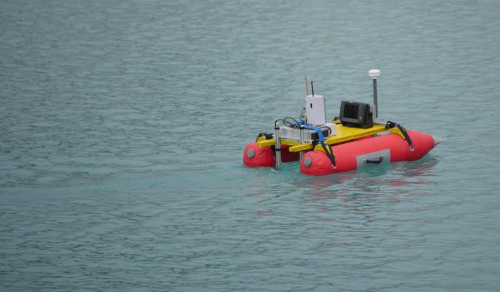
MidWest can be remotely controlled, weighs 25kg, is about 1 meter long, and lasts for nearly 4 hours. It can perform digital audio acquisition, scan through a sonar and record data about 180 meters deep underwater. Although MidWest's maximum cruise speed is less than 5 kilometers per hour, it has worked in the unpredictable ice lakes and dangerous floods in the Himalayas, proving its own powerful properties.
3. Hydromea Vertex AUV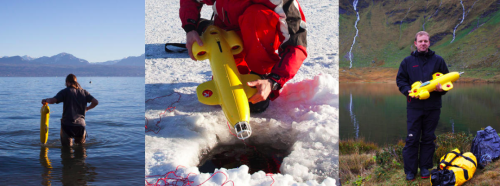
The Vertex is small in size, weighing 7kg and 70cm long. It can cover a few square kilometers of water within a distance of 300 meters and a maximum speed of 3.5 kilometers. It can automatically scan horizontally, vertically or at any other angle. More specifically, with the help of communication and positioning technology, 10 Vertex robots can work simultaneously. They can form a team to perform 3D scans on Haiti.
4. Liquid Robotics Wave Glider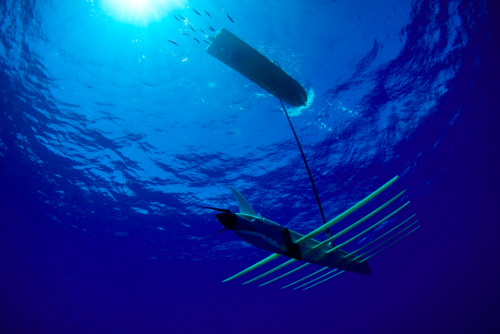
Glider relies on Inspur and solar energy to provide driving energy, with a top speed of 5.5 kilometers per hour. It consists mainly of two parts floating on the water and passing under the water. The water surface components are about 3 meters long and contain solar panels and on-board sensor systems; underwater components can use waves to generate propulsion. The Glider can operate independently, and it can also integrate data into the fleet in real time, allowing it to run without any fuel for a full year. Glider's current itinerary has exceeded 1 million kilometers, and it can still run well after extreme weather such as hurricanes.
5. SeaDrone
With a long, hamburger-like aquatic robot, weighing 5kg, it can dive underwater for 100 meters, with a top speed of 3.5 kilometers per hour. The minimum length of the reins is 30 meters and the maximum length is 50 meters. SeaDrone relies on battery power, life time is 3 hours, can shoot and transmit high-definition images in real time, and can be easily manipulated through the iOS tablet.
6. Clear Path Robotics Heron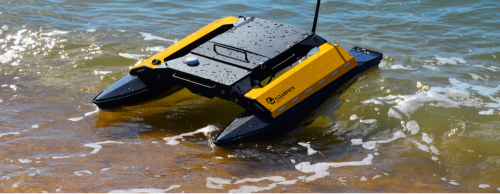
Heron has a top speed of 6 kilometers per hour, a duration of 2 hours and a weight of 28kg. There is a groove at the bottom, which can mount multiple sensors with a payload of 10kg. With just one console, it is possible to control multiple Herons at the same time. Like the above-mentioned aquatic robots, this platform is well-suited for environmental ecology assessment and oceanographic survey work.
7. SailDrone
SailDrone looks like a sailboat, driven solely by wind energy, with an average speed of 5.5 kilometers per hour. It can either stay at a fixed location or perform cruising exploration in a certain area. Its effective payload is up to 100kg. It can carry many sensor devices to collect data and the data is transmitted via satellite to the land center.
8. EMILY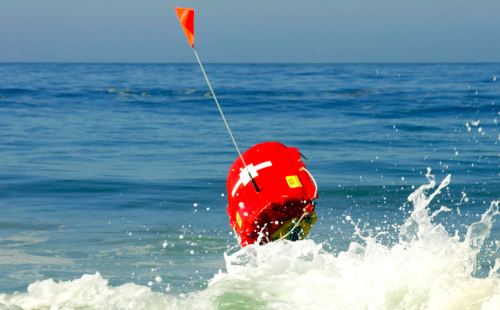
EMILY's full name is "Emergency Integrated Lifesaving Lanyard", which can be used as a floater for 4-6 people to assist rescue personnel. Its maximum speed is 35 kilometers per hour, which is much faster than that of human lifeguards. This device is battery-powered and controlled remotely. EMILY was used in Greece to help rescue the sea’s refugees from Turkey.
9. Platypus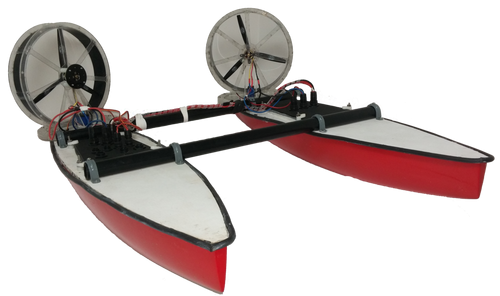
Platypus has produced four different types of aquatic robots. The figure above shows one of them, named Serval, with a top speed of 15 kilometers per hour, a life time of 4 hours, a weight of 35kg, and a payload of 70kg. Serval can communicate over wireless networks, 3G and Edge networks, so Platypus also offers a set of base station equipment for sale. Felis is another model of Platypus robot, with a top speed of 2.5 kilometers per hour, a payload of 200kg, and a battery life of 12 hours. These devices can be used for automatic mapping.
10. AquaBot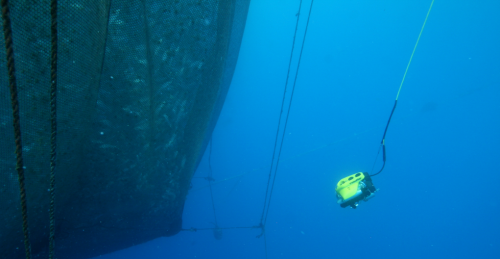
AquaBot is still in the stage of an R&D project. The goal is to apply underwater visual surveillance to the fishing nets and mooring systems of the fishery. There is relatively little new news about the project and it is unclear how many prototypes and tests have already been made.
Of course, there are many other aquatic robots, related companies are: Bluefin Robotics, Ocean Server, Riptide Autonomous Systems, and Seabotix, etc., and the practical application of aquatic robots is expanding. For example, the aquaculture industry has a very broad application prospect: the aquatic robot can not only improve the efficiency of aquaculture and save labor costs, but also when the aquatic industry encounters natural disasters, the robot can quickly complete the clean-up of waterbed debris and repair damage. Fishing nets and other equipment work. In fact, after experiencing the tsunami disaster in 2011, Japan used a large number of aquatic robots to help restore the fishery industry.

In general, aquatic robots can be used in fields such as agriculture, underwater structure exploration, underwater debris estimation, rescue, and environmental ecology monitoring. However, aquatic robots are relatively expensive and new low-cost solutions are beginning to enter the market. , I believe that once the technology is mature and the cost is reduced, there will be huge market potential in this area.
Via Irevolutions
Slaughtering Hemp Motor Power Supply,Slaughter Power Supply,Slaughtering Hemp Motor Frequency Converter,The Slaughtering Power Supply
Jinan Xinyuhua Energy Technology Co.,Ltd , https://www.xyhenergy.com